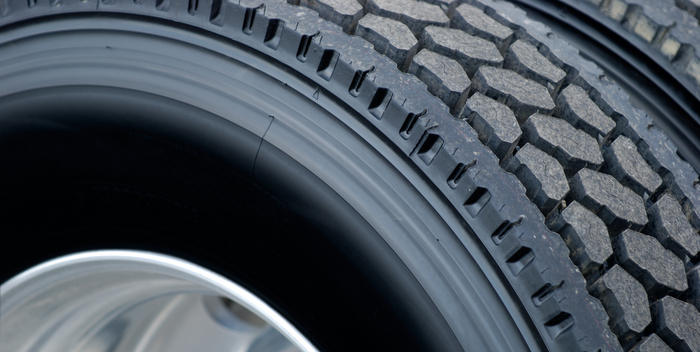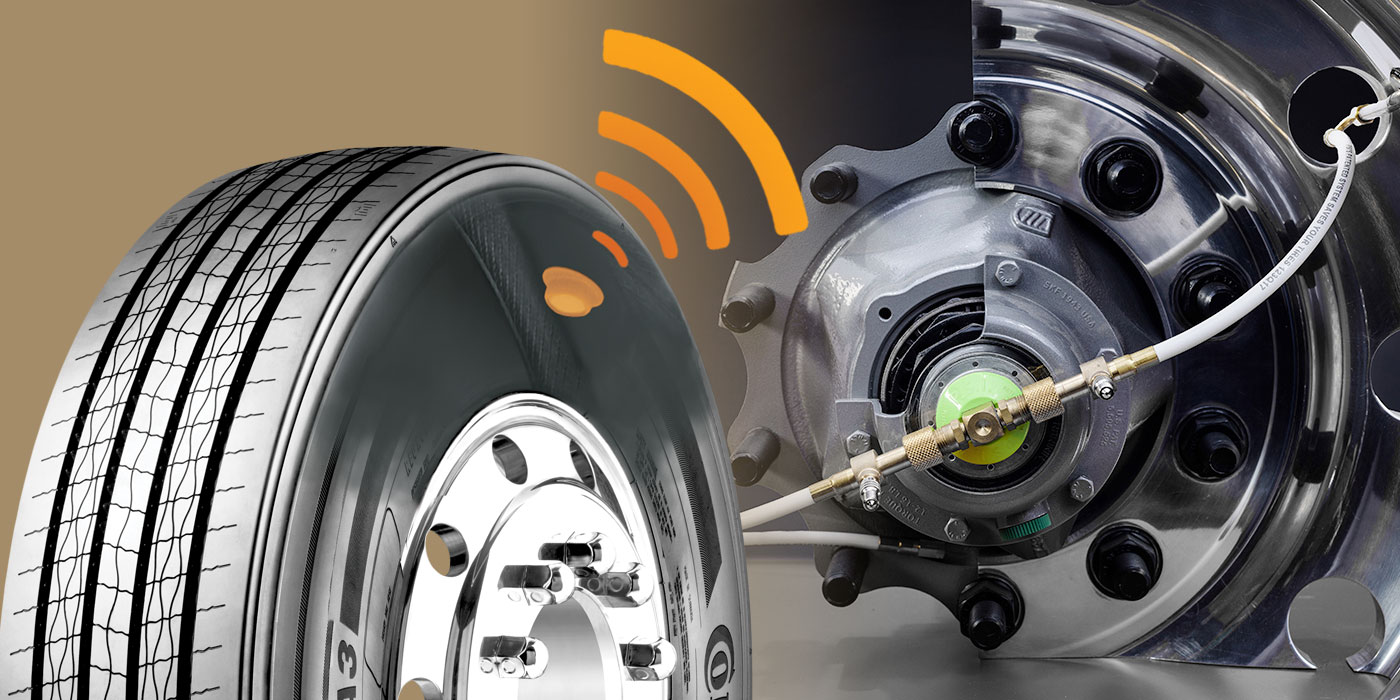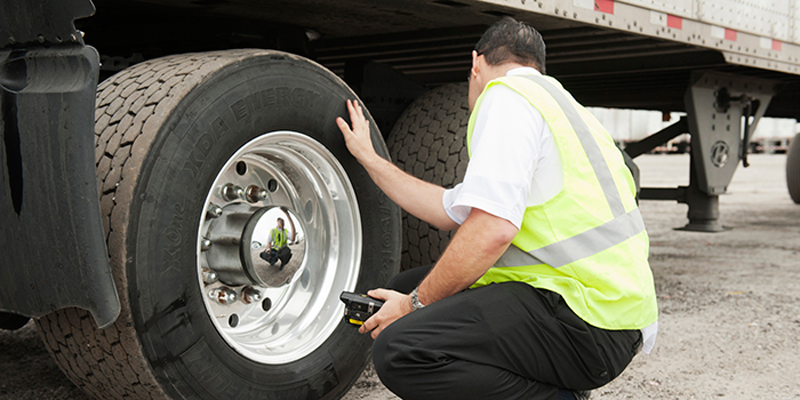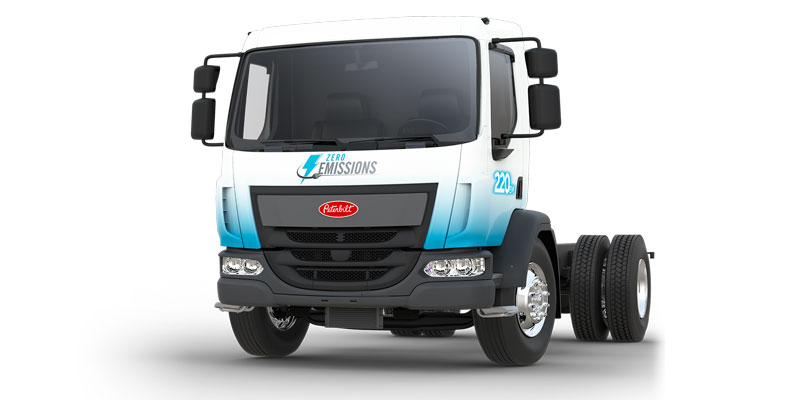The continuously rising costs of labor, fuel, equipment acquisition, added regulation and beyond brings intense pressure on improving productivity to remain cost competitive. Let’s concentrate on hardware maintenance for a moment and think about how some recent and proposed productivity enhancements.
Automatic tire inflation systems (ATIS) have recently become popular and are currently specified on nearly half of all new linehaul trailers being ordered. The advantages of reduced underinflation and resulting downtime, reduced tire damage/failure and fewer over-the-road purchases are quickly realized for a payback beyond the initial system purchase cost.
Looking for even more in-depth info from Asa Sharp? Click here to read through his archives.
While these systems provide significant productivity increases and are generally trouble free, they do require some maintenance and occasional replacement of wearing parts to operate long term. Most systems are fitted with a white light at the front of the trailer to indicate when the system is adding make-up inflation—most often the result of a nail hole puncture or similar slow leak. It is important that this light be operating properly and noticed by the driver so that needed repair can be addressed promptly to avoid tire casing damage.
The light must be functional and the triggering pressure drop must be properly calibrated. The light function is easily checked by briefly depressing a valve in the control box, typically mounted just ahead of the trailer axles. Also, early systems were fitted with incandescent bulbs, while later units are mostly fitted with longer-lasting LED lights. Both should be checked regularly.
Secondly, the primary (perhaps only) moving part of these systems is a rotary union that provides the air seal between the stationary axle and the rotating wheel assembly. This is a long-lasting part, but one that will eventually need replacement.
Some manufacturers say that a life of five to seven years is expected, but dusty conditions and exposure to de-icing chemicals may shorten that. Manufacturer recommendations should be referenced for specific servicing instructions.
One new issue and potential tire concern is pending approval of 33-ft. pup trailers replacing the current 28-ft. models. This creates an 18% productivity gain for cube-conscious LTL fleets. The vast majority of current units are fitted with the near industry standard linehaul tire size of 295/75R22.5 load range G. This isn’t expected to change and therefore the tires, while not overloaded, will simply be operated at a higher percentage of their rated load capacity. Keep in mind that the load carrying capacity of tires is directly related to inflation pressure, and that proper maintenance of this critical part of a tire’s longevity becomes more important as loads increase. Whether this need is addressed by increased spec’ing of ATIS on new equipment, improved PM inflation maintenance, driver tire checks or other means, it shouldn’t be ignored.
Another equipment change being considered for many linehaul tractors is a conversion from 6×4 drive axle configurations to 6×2 designs. From a tire perspective, the total driving torque that used to be shared among eight drive tires (four in the case of wide single tires) is now being transferred through four duals (or two wide singles).
The tire wear changes will be significant and will depend greatly on service conditions, driver training and engine torque/final drive selections. Certain changes are that the driven tires will wear much faster (25 to 45% differences are reasonable to expect), and the free-rolling axle tires will become more susceptible to irregular wear.
It is entirely possible that, should the conversion to 6×2 drives become popular, new specialty tires will be developed for both the driven and free-rolling axles. Meanwhile, judicious tire selection for these applications should be made with the expert advice of tire industry professionals.














